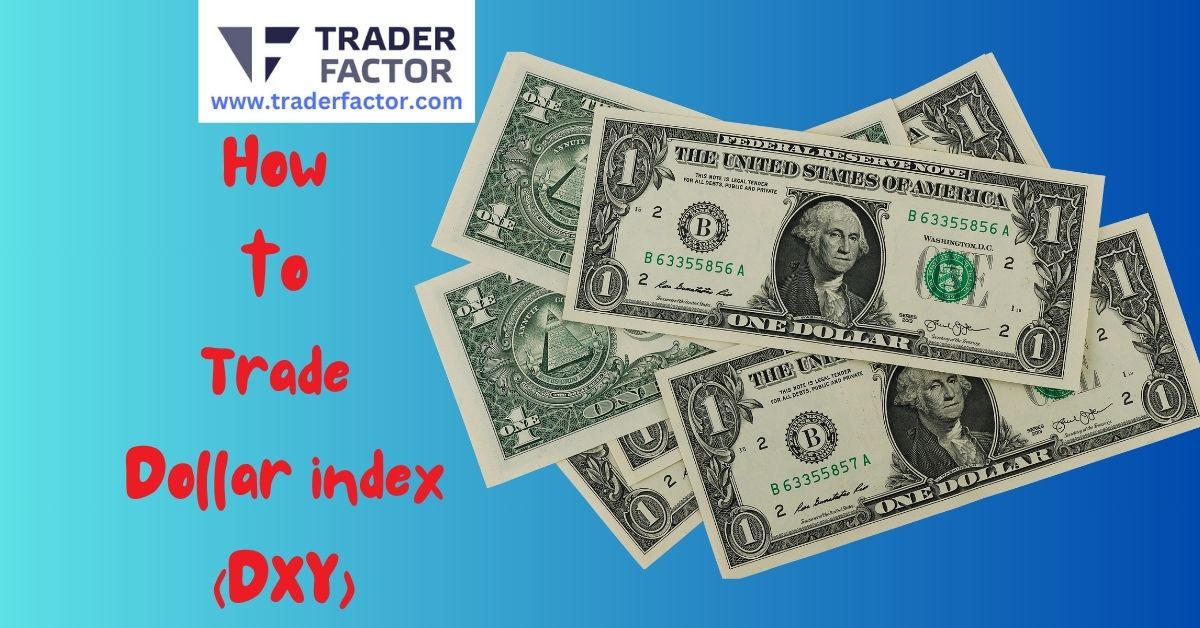Table of Contents
ToggleUnderstanding the DXY
To trade the Dollar Index (DXY), you’ll want to start by understanding its fundamentals and how global events influence its movements. Consider using platforms like MetaTrader 4, which offers tools and analytics to monitor and predict USD performance. You can trade through ETFs such as UUP and USDU, depending on your investment strategy. It’s important to stay updated on economic indicators and Federal Reserve policies, since these factors greatly impact the DXY. Also, effective risk management by setting stop-loss orders and adjusting trade sizes based on market volatility will help protect your investments. Exploring these strategies further could reveal even more opportunities for successful trading.
Trade Dollar Index: You’ve got a solid understanding of the US Dollar Index (DXY) basics, so let’s expand on that foundation. Next, we’ll explore how historical trends in the DXY offer insights into its impact on global trade and what the forecasts might look like for 2024. Also, we’ll cover how you can invest in dollar index funds and understand the fluctuations that often come with it.
Historical trends of dollar index
To understand the volatility and trends of the US Dollar Index (DXY), reviewing its historical performance is essential. You’ll see that historical patterns indicate significant shifts tied to global economic events. A long-term analysis reveals that the DXY often strengthens during US economic prosperity and weakens when major trade partners like the Eurozone experience growth.
Delving deeper into index trends, comparative analysis between decades shows that the DXY has reacted predictably to US monetary policy changes, major geopolitical events, and shifts in global trade dynamics. For example, the DXY spiked during the early 1980s due to high US interest rates and experienced lows in 2007 during the financial crisis.
Looking ahead, future projections suggest that understanding past trends is key to predicting how factors like fiscal policies, emerging market dynamics, and changes in trade agreements will influence the DXY. By keeping an eye on these trends, you’re better equipped to make informed decisions in trading the Dollar Index. Remember, the past often provides a window into future movements, but always consider current global economic conditions and policy changes that could alter expected patterns.

Impact of dollar index on global trade
Understanding the historical trends of the US Dollar Index (DXY) helps you grasp how its fluctuations impact global trade dynamics. As the DXY moves, it sends ripples across the global economy, influencing both currency exchange rates and market trends. When the DXY is strong, your country’s currency may weaken against the dollar, affecting your import costs and possibly leading to trade imbalances.
A robust dollar typically means higher purchasing power for U.S. consumers but can be challenging for emerging markets that trade primarily with the U.S. These nations might find their products becoming less competitive due to the higher relative price. Conversely, a weaker dollar can boost exports from these countries, as their goods become cheaper and more attractive on the global market.
Moreover, fluctuations in the DXY can lead to shifts in trade agreements. Countries might renegotiate terms to better protect their economic interests against the volatility of the dollar. Such changes in agreements can either open up new opportunities or present additional challenges in international trade.

Dollar index forecast for 2024
Looking ahead, many experts predict that the Dollar Index (DXY) will experience notable fluctuations influenced by global economic conditions and U.S. monetary policy changes. You’ll need to keep a close eye on forecast accuracy, as shifting market trends and varying economic outlooks could impact your investment strategies significantly.
The economic outlook suggests potential volatility due to unresolved trade tensions and varying interest rate policies among leading economies. These factors could drive unexpected movements in the DXY, making risk assessment essential for protecting your investments. It is vital to stay updated with the latest economic reports and policy announcements that could influence market trends.
As you refine your investment strategies, consider the historical performance of the DXY during similar economic conditions. Analyzing past trends can provide insights into potential future movements. However, remember that past performance isn’t always indicative of future results, so it’s wise to combine this historical analysis with current data.
Incorporating a robust risk assessment process will help you manage potential downsides effectively. Make sure you’re prepared for both short-term volatility and long-term shifts in the dollar’s strength.

How to invest in dollar index funds
If you’re considering investing in dollar index funds, understanding the fundamentals of the US Dollar Index (DXY) is key. Grasping how DXY operates lays a solid groundwork for making well-informed investment decisions. It’s a measure of the dollar against a basket of major world currencies, making it a vital indicator for assessing the dollar’s global strength.
When exploring index fund options, you’ll find a variety of ETFs that track the DXY. An ETF comparison is crucial here. Consider factors such as management fees, fund performance history, and liquidity. Popular choices include UUP and USDU, each with unique characteristics catering to different investment strategies.
Investment strategies in dollar index funds can vary widely. Some investors might prefer a passive approach, investing in ETFs that closely mirror the DXY, ensuring broad market exposure. Others might opt for active management, aiming to outperform the index through strategic buying and selling.
Incorporating these funds into your portfolio offers significant diversification, especially if you’re heavily invested in assets that might be inversely correlated with the dollar, like international stocks or commodities.

Understanding dollar index fluctuations
Now let’s explore how fluctuations in the US Dollar Index (DXY) impact your investment decisions. Understanding the DXY is important as it reflects the USD’s value against a basket of currencies. When you’re evaluating the DXY, you’re basically gauging the strength or weakness of the USD in global markets.
You’ll find that currency correlations play a significant role here. For instance, if the DXY rises, it often means the USD is strengthening against its counterparts. This can influence your decisions on currency-focused investments. Additionally, changes in inflation can directly impact the DXY. Higher inflation in the U.S. might weaken the dollar, causing the DXY to drop, which alerts you to potential shifts in your investment strategy.
Interest rates are another important factor. If the U.S. Federal Reserve hikes rates, the USD could strengthen, pushing the DXY higher. This is because higher interest rates typically attract foreign capital to U.S. denominated assets, boosting the dollar’s value.
Lastly, keep an eye on global trade dynamics and major economic indicators. These not only affect currency values but also dictate DXY movements. By monitoring these elements, you’ll better navigate the complexities of DXY fluctuations and make more informed investment choices.

Dollar index vs. currency pairs comparison
When comparing the Dollar Index (DXY) to individual currency pairs, you’ll notice that movements in the DXY provide a thorough snapshot of the USD’s performance against a collective of major global currencies. This comparison is pivotal for your market analysis as it helps to identify currency correlation and tailor trading strategies accordingly.
For example, a rising DXY often indicates a strengthening USD against its basket currencies, which might suggest a bearish trend for EUR/USD or GBP/USD. Understanding these correlations can enhance your economic indicators analysis, leading to more informed trading decisions. Here’s a quick breakdown:
| Aspect | Benefit to You |
|---|---|
| Currency Correlation | Predict currency pair movements |
| Trading Strategies | Align DXY trends with pair strategies |
| Market Analysis | Broader overview of USD strength |
| Economic Indicators | Integrated approach to data analysis |
| Portfolio Diversification | Hedge against currency risk |
Utilizing the DXY in your trading not only broadens your market scope but also aids in portfolio diversification, reducing risk by spreading exposures across various currencies. Keep these aspects in mind while crafting your trading plan to better navigate the complexities of forex markets.

Effect of interest rates on dollar index
Interest rates play a pivotal role in influencing the US Dollar Index (DXY), as they directly affect the investment flow into dollar-denominated assets. When the Federal Reserve adjusts rates, you’ll see an immediate impact on the DXY. This effect of Fed policy changes is an important factor to take into account in your trading strategy.
Higher interest rates typically strengthen the dollar, making DXY rise, as they attract more foreign capital looking for better returns in U.S. financial markets. Conversely, when rates drop, the dollar often weakens, causing the DXY to fall. This Forex correlation between the DXY and interest rates helps you anticipate market trends based on economic indicators.
You should keep an eye on the market reaction to Fed announcements. Even the expectation of a rate change can cause significant volatility in the DXY. Economic indicators such as employment rates, inflation, and GDP growth also play into these expectations, influencing how traders predict the Fed’s moves.
Understanding this interest rate impact on the DXY is vital for making informed decisions in Forex trading. It’s not just about the actual rate changes, but also the broader economic context that shapes market sentiment and reactions.

Future predictions for dollar index value
Predicting the future value of the Dollar Index (DXY) can be challenging due to various fluctuating economic factors. You’ll find that dollar index volatility often reflects broader economic uncertainties, making your market analysis vital for forecasting. As you delve into predicting trends, you’ll need to take into account historical data and current market sentiments, yet always keep in mind that forecast accuracy can never be assured.
In your analysis, currency comparisons play a pivotal role. Understanding how the dollar stands against other major currencies within the DXY basket—like the Euro, Yen, and Pound—will provide you with insights into potential movements. Keep an eye on how these currencies perform against the dollar, as shifts in any of these can greatly impact the DXY’s overall value.

To enhance your predictive capabilities, integrate technical and fundamental analysis tools. Charts, economic indicators, and global financial news will guide your decisions. Remember, while tools and data can assist in making educated guesses, the inherently unpredictable nature of the financial markets means there’s always a level of uncertainty. Your ability to adapt to new information and adjust your strategies accordingly will be key to maneuvering the complexities of trading the Dollar Index.
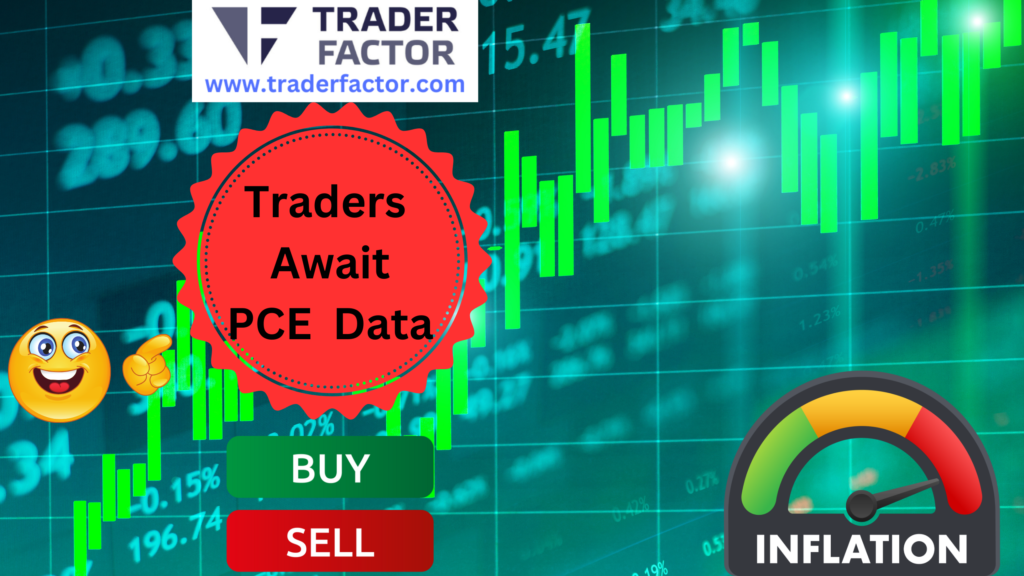
Factors influencing dollar index movement
Several factors, including US economic indicators and Federal Reserve policies, greatly influence the movement of the Dollar Index (DXY). As you immerse yourself in the world of trading, it’s important to understand how these elements can sway your investment decisions.
Here are four key factors that influence the Dollar Index:
- Economic Indicators: Strong job reports, high GDP growth, and robust retail sales can lift the DXY as they signal a thriving economy. Conversely, weak data can pull the index down. You’re navigating the waves created by these economic reports.
- Federal Reserve Policies: Interest rate decisions and monetary policy statements from the Fed wield immense power over the DXY. An interest rate hike can boost the dollar, making it more attractive. Keep your eyes peeled for Fed announcements—they’re game-changers.
- Geopolitical Events: Conflicts, elections, and international negotiations can trigger volatility. The uncertainty these events bring can either weaken or strengthen the dollar, significantly impacting your trades.
- Trade Balance and Market Sentiment: A favorable trade balance can bolster the dollar, reflecting a higher demand for US goods. Similarly, market sentiment, driven by investor confidence or fear, frequently dictates the dollar’s fate. You’re essentially wagering on the collective mood of the market.
Trading Platforms and Tools
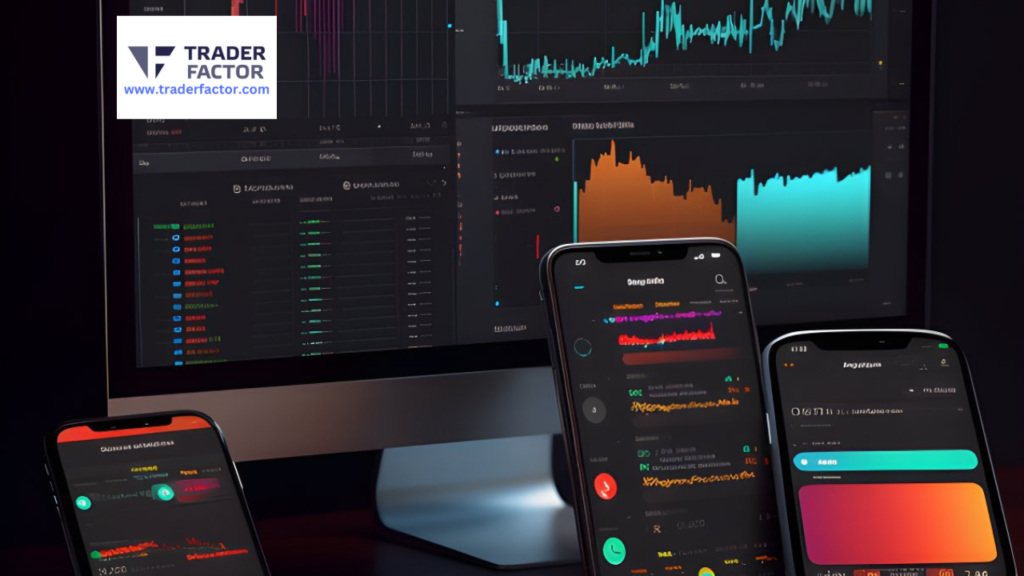
You can trade the Dollar Index (DXY) on MetaTrader 4 (MT4), a popular platform for forex traders. On MT4, the symbol for the Dollar Index might vary, but it’s commonly listed as USDX or DXY. To understand how the Dollar Index is calculated, it’s essential to look at the weighting of the currencies in the basket and their current exchange rates.
Can you trade DXY on MT4
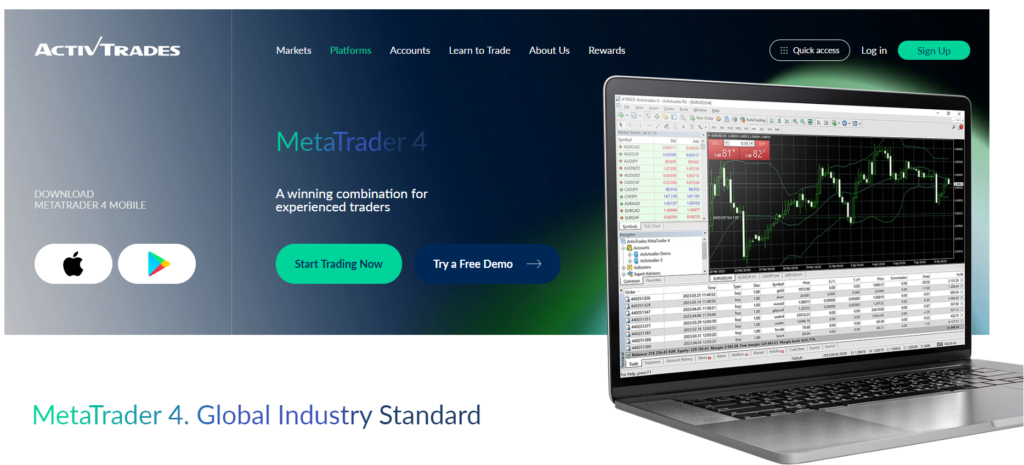
DXY trading is available on MT4, allowing you to engage directly with this index through your trading platform. If you’re gearing up to immerse yourself in DXY trading, you’ll need to understand a few key aspects. Platform compatibility guarantees that MT4 works seamlessly across various devices, so you can trade on-the-go or from the comfort of your home office. When setting up your account, it’s simple: just follow the steps provided by your broker to start trading. For effective risk management, MT4 offers tools to set stop-losses and take profit levels, essential for protecting your investments.
Here’s why trading DXY on MT4 could be a game-changer for you:
- Real-Time Monitoring: Keep track of USD performance against a basket of currencies live, making informed decisions on the fly.
- Diverse Trading Strategies: Whether you’re into scalping or long-term plays, MT4 supports all your trading strategies.
- Ease of Use: With user-friendly interfaces, you’ll master the platform in no time, focusing more on your trades than on maneuvering the software.
- Accessibility: Trade anytime, anywhere. Whether you’re at home or traveling, your trading doesn’t have to pause.
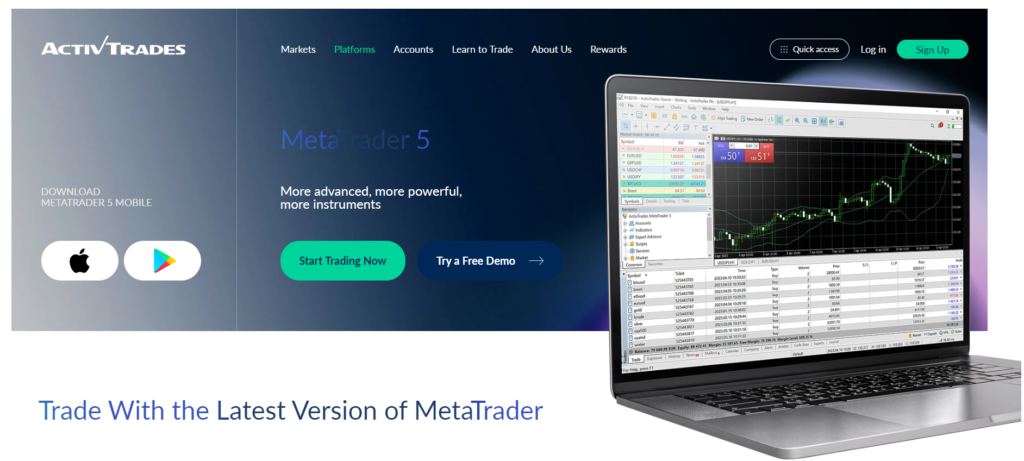
What is the dollar index symbol in MT4
Now that you’re familiar with trading DXY on MT4, let’s identify the specific symbol used for the Dollar Index on this platform. Typically, the symbol for the Dollar Index in MetaTrader 4 (MT4) is represented as ‘USDX’ or ‘DXY’. It’s essential to check with your broker as symbols might vary slightly.
Incorporating trading strategies that leverage technical indicators is crucial when analyzing the Dollar Index. Utilize chart analysis tools available on MT4 to monitor market trends and fluctuations in the Index. These insights can guide your trading decisions, helping you anticipate moves based on volatility and market sentiment.
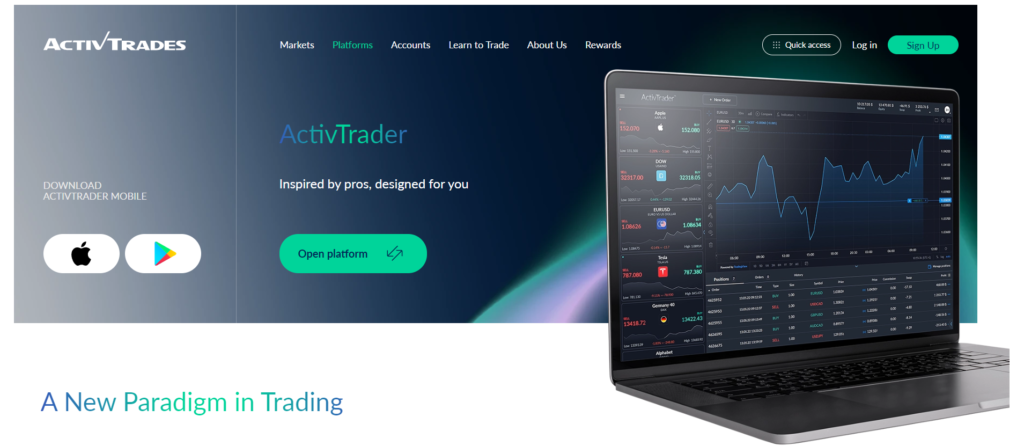
Understanding economic indicators through fundamental analysis is also important. It provides a backdrop against which you assess the strength or weakness of the Dollar. This understanding can significantly enhance your trading strategies, especially in a platform as robust as MT4.
Moreover, trading psychology and risk management are integral to successfully trading the Dollar Index. Stay disciplined, manage your risks wisely, and keep your emotions in check to optimize your trading outcomes. As you navigate through the complexities of the market, remember that volatility is both a risk and an opportunity, shaping the overall market sentiment. Use these elements to your advantage to make informed trading decisions.
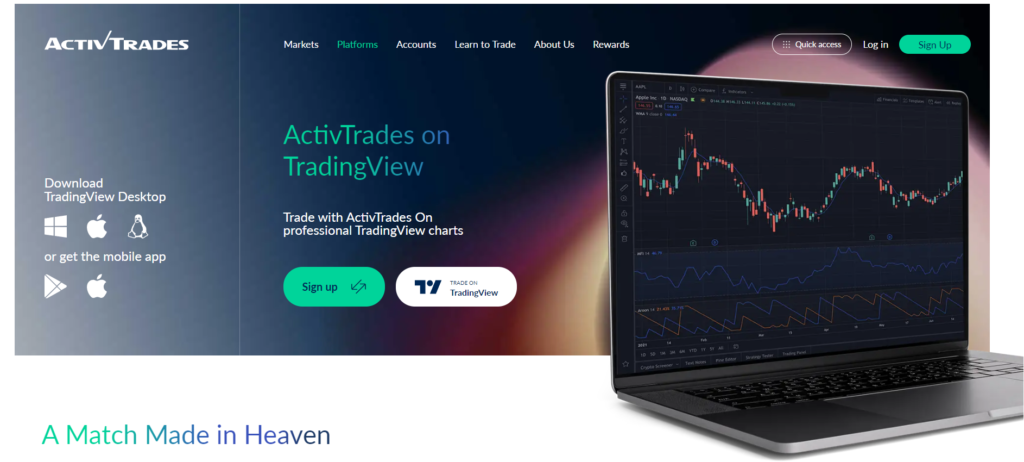
How to calculate dollar index
To accurately compute the dollar index, traders often rely on advanced trading platforms and analytical tools. These platforms enable you to access real-time data, apply intricate calculating methodologies, and analyze historical data to forecast trends. They’re vital for developing robust investment strategies and understanding market correlations.
Here’s how you can leverage these tools effectively:
- Select a Reliable Platform: Choose a trading platform that offers thorough analysis tools. This will guarantee you’re not just working with precise data but also with potent forecasting features that help in predicting future movements.
- Utilize Historical Data: Pull historical performance data of the dollar index to understand past trends. This analysis helps you spot patterns and potential repeat scenarios.
- Apply Forecasting Models: Use the platform’s built-in models to forecast future trends based on current market data. This predictive insight is essential for planning your next move in the market.
- Monitor Market Correlations: Keep an eye on how changes in the dollar index correlate with other currencies and commodities. This understanding aids in diversifying and strengthening your investment strategies.

The Dollar Index (DXY) is a measure of the value of the US dollar relative to a basket of six foreign currencies. These currencies include the Euro (EUR), Japanese Yen (JPY), British Pound (GBP), Canadian Dollar (CAD), Swedish Krona (SEK), and Swiss Franc (CHF). Each currency in this basket has a specific weight, which reflects its importance in international trade with the United States.
The weights for these currencies in the index are as follows: the Euro makes up 57.6%, the Japanese Yen 13.6%, the British Pound 11.9%, the Canadian Dollar 9.1%, the Swedish Krona 4.2%, and the Swiss Franc 3.6%. These weights are used to calculate a weighted average that represents the overall strength or weakness of the US dollar.
To calculate the Dollar Index, we use a geometric mean formula, which is slightly more complex than a simple average.

First, gather the latest exchange rates for the six currencies against the US dollar. For example, let’s assume the following exchange rates: EUR/USD = 1.18, USD/JPY = 110, GBP/USD = 1.38, USD/CAD = 1.25, USD/SEK = 8.5, and USD/CHF = 0.92. We then plug these values into the formula.
Next, we calculate each component separately. For instance, (1.18^{-0.576} \approx 0.859), (110^{0.136} \approx 1.757), (1.38^{-0.119} \approx 0.935), and so on. After calculating each term individually, we multiply them together along with the initial constant value of 50.14348112. The resulting value gives us the current Dollar Index.
Opening a Trading Account
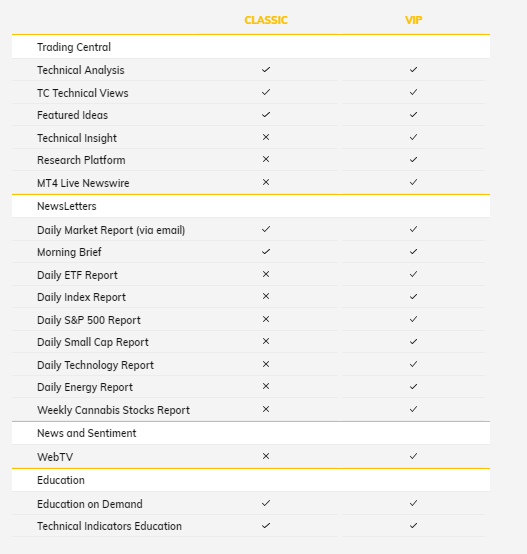
Before trading the US Dollar Index, you’ll need to open a live CFD trading account. This process involves several pivotal steps to ensure your trading experience is secure and efficient. First, you’ll undergo account verification, which typically requires submitting identification documents such as a passport or driver’s license. This step is essential for meeting regulatory requirements and securing your account.
Next, you’ll need to understand the trading limits set by your broker. These limits can affect how much you can trade and may vary based on the account type and the level of verification completed. It’s important to familiarize yourself with these to plan your trading strategy accordingly.

Account funding is another indispensable step. You’ll select a payment method available on the platform—common options include bank transfers, credit cards, or e-wallets. Each method may come with different processing times and fees, so choose the one that best fits your needs.

Once you start trading, knowing the withdrawal process is pivotal. Familiarize yourself with how to access your funds and any associated fees or limits. Finally, always prioritize account security. Use strong, unique passwords, enable two-factor authentication, and be wary of phishing attempts to protect your investments.
Using Demo Accounts
Using a demo account allows you to practice trading the US Dollar Index without financial risk. It’s a learning platform where you can experience the real market conditions in a simulation, helping you to understand virtual trading advantages and prepare better for the actual trading environment.

Here’s why you should start with a demo account:
- Risk-Free Learning: You can test strategies and learn market dynamics without the anxiety of losing real money, boosting your confidence.
- Realistic Market Conditions: Despite being a simulation, demo accounts mirror live market scenarios closely, providing you with a practical understanding of how the markets operate.
- Experimentation Freedom: With no real money on the line, you’re free to experiment with various trading techniques and tools, discovering what works best for you without fear.
- Understanding Leverage: Leverage can be a double-edged sword. A demo account lets you see firsthand how leverage affects your trades, helping you make informed decisions in real trading.
Formulating a Trading Plan

Developing a trading plan is necessary, as it sets the foundation for disciplined and successful trading of the US Dollar Index. You’ll start by understanding trading psychology, which ensures you’re prepared for the emotional ups and downs. It’s important to stay patient and maintain discipline, avoiding impulsive decisions based on fleeting market movements.
Next, delve into market analysis. You’ll need to scrutinize global economic factors that influence the Dollar Index, such as GDP growth rates, employment data, and monetary policies from the Federal Reserve. These elements can significantly sway the index, and keeping a keen eye on them will guide your trading decisions.

Incorporating technical indicators is also essential. Use tools like moving averages, RSI, or MACD to spot trends and potential reversals. These indicators help you identify entry and exit points, enhancing your strategy’s effectiveness.
Lastly, don’t overlook risk assessment. Determine how much of your capital you’re willing to risk on each trade. Set stop-loss orders to minimize potential losses and preserve your capital. This risk management strategy is crucial to sustaining your trading career in the volatile world of currency indices.
Short-Term Vs Long-Term Trading
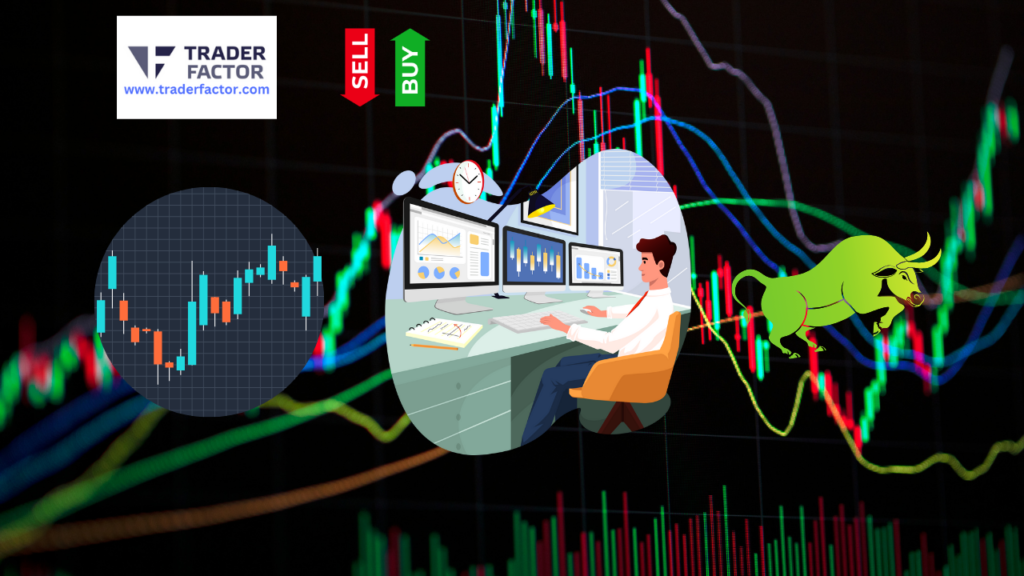
When deciding between short-term and long-term trading strategies for the US Dollar Index, it’s important to take into mind your financial goals and risk tolerance. Each approach offers distinct investment options and profit potential, but they require different levels of market analysis and risk assessment.
Here’s what you need to bear in mind:
- Time Commitment: Short-term trading often involves frequent market analysis, quick decision-making, and regular monitoring. You’re in the thick of it, feeling every market pulse. It’s exhilarating but demanding.
- Risk and Reward: Long-term trading strategies generally involve fewer transactions and, potentially, lower transaction costs. This approach allows you to ride out market volatility, aiming for gradual but steady gains. It’s like planting a tree; you nurture it patiently, hoping for future shade and fruit.
- Learning Curve: Short-term trading can have a steep learning curve due to the need for precise timing and understanding of short-term market movements. It’s like learning to surf; you need to understand the waves well to stay afloat.
- Profit Potential: While short-term trading may offer quick profits, long-term strategies often capitalize on larger market trends, possibly leading to significant returns if you’re patient. It’s a marathon, not a sprint, pacing yourself towards a potentially lucrative finish line.
Risk Management Strategies
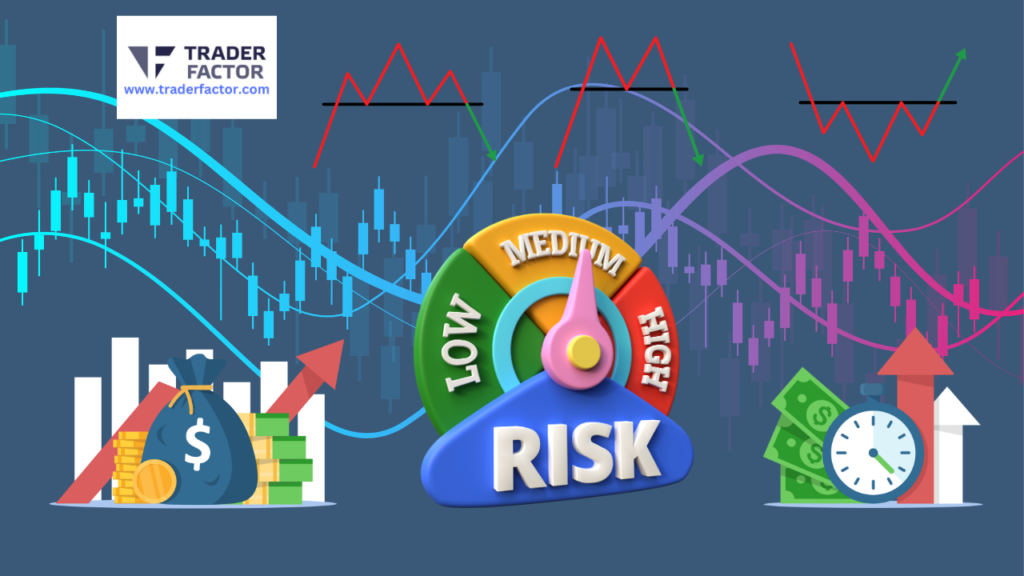
You need to establish clear risk management strategies to protect your investments while trading the US Dollar Index. To start, position sizing is essential; it’s about how much of your capital you’re willing to risk on a single trade. Don’t put all your eggs in one basket; instead, adjust each trade size based on the current market volatility and your overall trading capital.
Speaking of volatility management, the Dollar Index can exhibit sharp movements due to economic reports or geopolitical events. You’ll want to set appropriate stop-loss orders to safeguard your trades from excessive losses. This ties directly into trend identification. By recognizing whether the Dollar Index is trending upwards or downwards, you can better position your trades to capitalize on these movements.

Moreover, news interpretation is crucial. Stay updated with economic news and events that can affect the Index. This helps you anticipate market movements and adjust your strategies accordingly.
Analyzing DXY Movements
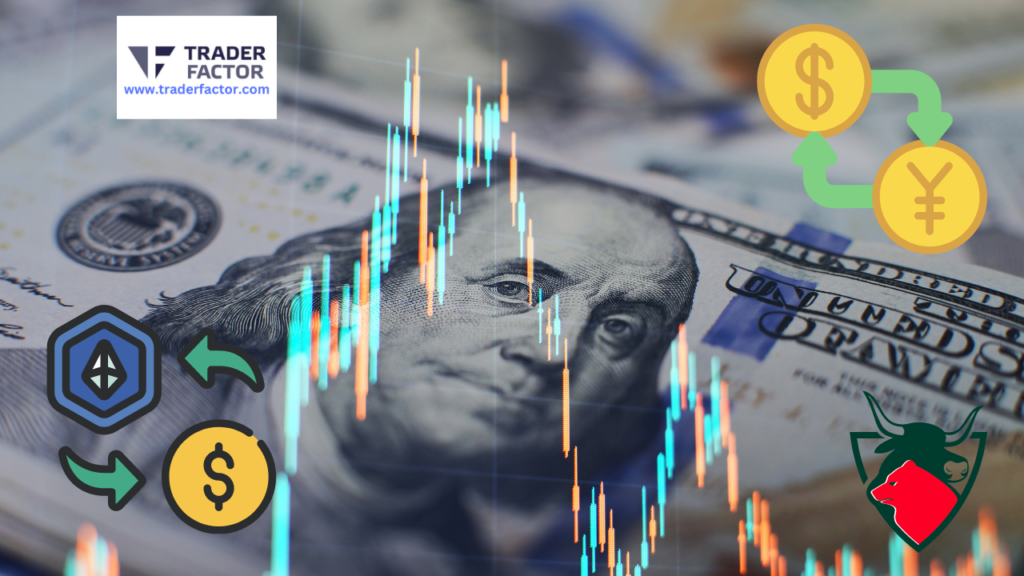
As you analyze DXY movements, consider how the Euro, making up 57.6% of the index, heavily influences its fluctuations. You’ll also find it interesting to explore whether there’s a correlation between DXY and XAUUSD, given their inverse relationship historically. Understanding the composition of DXY, which includes currencies like the Euro, Yen, and Pound, can help you predict its movements better in various economic conditions.
Does xauusd correlate with DXY
Gold prices, represented by XAUUSD, often inversely correlate with the US Dollar Index (DXY), reflecting shifts in market dynamics. This relationship means that as the DXY strengthens, gold typically weakens, and vice versa. You might wonder how this affects your investments or trading strategies across various assets.
Here’s a breakdown to help you understand the broader implications:
- Gold Correlation: When the DXY climbs, investors often flee from gold, considering it less necessary as a safe haven. The reverse is also true; a weakening dollar makes gold more attractive.
- Silver Analysis: Like gold, silver often moves inversely to the DXY. This pattern can guide your decisions in precious metals.
- Forex Relationships: A strong dollar impacts currency pairs directly tied to the USD, altering Forex market dynamics significantly.
- Stock Implications: U.S. stocks can be less appealing to foreign investors as the USD gains strength due to higher conversion costs, potentially lowering stock prices.
- Commodity Connections: Many commodities priced in dollars become more expensive in foreign markets during a robust DXY phase, affecting global commodity flows.

What percentage of the DXY is the euro
The euro constitutes 57.6% of the US Dollar Index (DXY), making it the largest component in this currency basket. This percentage breakdown shows the significant Euro influence on the index. When you’re trading DXY, understanding this heavy weighting is essential for anticipating market effects driven by European economic news or monetary policy changes.
In currency comparison, the euro’s dominant role means that any movement in EUR/USD is likely to have a proportional impact on DXY. This is vital for developing trade strategies, as a strong euro generally leads to a weaker dollar index, and vice versa. Keeping an eye on the fiscal stability of the eurozone, ECB interest rate decisions, and major economic indicators like GDP growth rates can provide you with predictive insights.
Moreover, the substantial weight of the euro in DXY requires a nuanced approach to trading. It’s not just about watching the USD but also about analyzing the euro’s performance relative to other major currencies. By understanding the intricate dynamics of DXY, especially the euro’s influence, you can better strategize your trades to capitalize on currency fluctuations and hedge against potential risks in the forex market.
What currencies make up the DXY
Understanding which currencies compose the DXY is essential for analyzing its movements effectively. The DXY, or U.S. Dollar Index, measures the value of the U.S. dollar relative to a currency basket of major trade partners. The Euro has the largest impact due to its significant Euro weighting in the index calculation. Recognizing the composition of this basket and the weight each currency holds can help you anticipate changes in the index based on economic events across these regions.

Here are four key points that highlight the emotional and practical significance of understanding DXY components:
- Euro Weighting: The Euro dominates about 57.6% of the index. Any shift in Europe’s economic health sends ripples through the DXY, impacting your trading decisions.
- Currency Basket: Besides the Euro, the index includes Japanese Yen, British Pound, Canadian Dollar, Swedish Krona, and Swiss Franc. Each currency’s performance can uniquely influence the DXY’s overall movement.
- Index Calculation: Understanding the fixed weights and historical trends of these currencies helps in predicting shifts, aiding in strategic trade planning.
- Historical Trends: The DXY has evolved since its inception in 1973, adapting to major global economic shifts. Knowing its history helps contextualize current movements and foresee future trends.
Impact on Other Markets

When you monitor the Dollar Index, you’re also keeping an eye on its ripples across various global markets. If the Dollar Index climbs, you’ll often see commodities priced in USD, like oil and gold, becoming more expensive for foreign buyers, which can dampen demand. Conversely, a stronger dollar can boost the allure of U.S. stocks to international investors, potentially driving up market indices.
What correlates with DXY
As the US Dollar Index (DXY) fluctuates, it profoundly impacts global commodity prices, currency pairs, and stock markets. You might find yourself questioning how exactly these movements are interconnected. Here’s a concise breakdown to help you understand the interconnections:
- Gold Correlation: Typically, when DXY climbs, gold prices tend to fall. This inverse relationship stems from gold being priced in dollars, making it more costly in other currencies when the dollar strengthens.
- Stock Market: A stronger DXY can pressure stock markets, especially in emerging markets. Companies in these regions may face higher costs for dollar-denominated debt, affecting their profitability.
- Interest Rates: Movements in DXY are closely tied to U.S. interest rates. As rates rise, attracting more foreign capital, the dollar generally strengthens, influencing DXY.
- Inflation Impact: A robust dollar can help temper inflation in the U.S. by making imports cheaper. However, it can also export inflation to countries with weaker currencies.
- Crude Oil Dynamics: Since oil is traded in dollars, a stronger DXY makes purchasing oil more expensive for countries using other currencies, potentially reducing demand.

What happens when the dollar index goes up
If the dollar index rises, you’ll likely see significant shifts in several global markets. The dollar index impact reverberates through the currency market, affecting exchange rates globally. As the dollar strengthens, other currencies might depreciate, creating a dynamic shift in trade balances and economic indicators.
In the currency market, a strong dollar can mean less competitive exports for the U.S. but cheaper imports. This scenario might encourage you to adjust your investment portfolio, focusing on sectors likely to benefit from such economic shifts. For instance, U.S.-based multinational companies that earn a substantial portion of their revenue overseas could face earnings pressure, affecting their stock prices negatively.
On the flip side, investor strategies often shift towards safe-haven assets like U.S. Treasuries, which become more attractive as the dollar strengthens. This shift can lead to lower yields, influencing interest rates across various financial instruments.
Moreover, trade opportunities arise in commodities priced in dollars, like oil and gold. These commodities typically become more expensive in other currencies, affecting global demand. As a trader, watching these trends allows you to anticipate market movements and position your trades strategically, capitalizing on the fluctuations induced by changes in the dollar index.
Advanced Trading Techniques
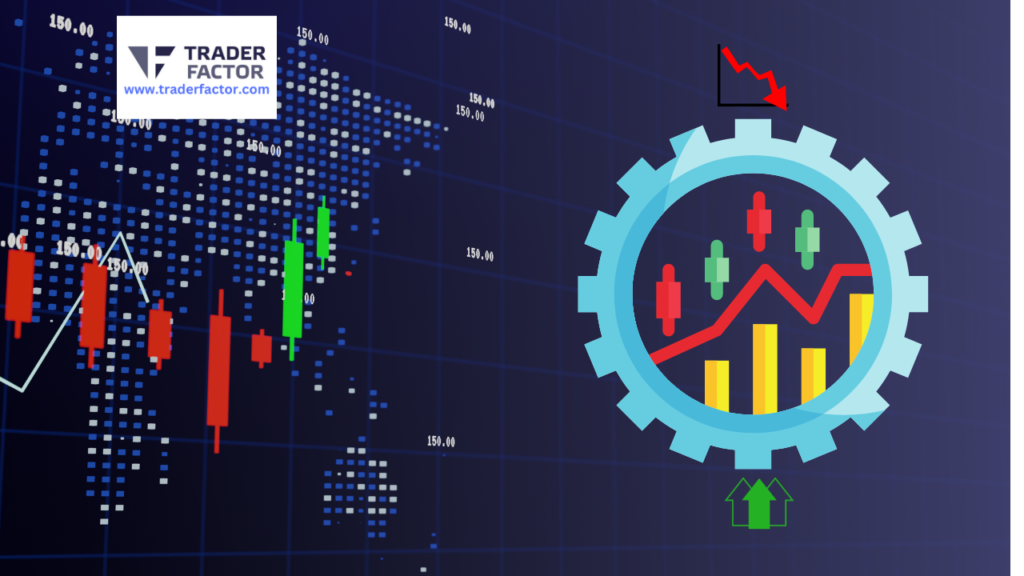
To master advanced trading techniques, you’ll need to explore strategies that leverage the nuanced movements of the US Dollar Index (DXY). Here are some key strategies:
- Technical Indicators: Utilize tools like moving averages, RSI, and MACD to identify trends and potential reversals in the DXY. These indicators will help you predict future movements based on historical data.
- Position Sizing: Adjust your position sizes based on the volatility and your risk tolerance. It’s important to manage risk effectively to guarantee long-term success.
- Market Psychology: Understand the sentiment of other traders. Are they bullish or bearish on USD? Market sentiment can provide valuable clues about potential movements.
- Trend Analysis and Volatility Strategies: Combine trend analysis with an understanding of volatility. In periods of high volatility, trends might be more pronounced, offering clear trading opportunities.
Frequently Asked Questions

What Is the Historical Significance of the Dxy’s Base Value of 100?
The DXY’s base value of 100, set in 1973, marks the standardized point to measure USD strength against major currencies, impacting your trading strategies amid market volatility and shifts in global economic indicators.
How Does Seasonality Affect Trading Patterns in the Dxy?
Seasonal trends influence DXY trading patterns, affecting market volatility and risk/reward ratios. You’ll need to adapt trading strategies, using technical analysis and economic indicators to manage risks and optimize long-term outlooks.
Are There Any Ethical Considerations in Trading the Dxy?
You should consider ethical issues like insider trading, market manipulation, and conflicts of interest when trading DXY. Maintain transparency and adhere to regulatory compliance to avoid legal and moral repercussions.
How Do Major Political Events Typically Impact the Dxy?
Major political events often affect the DXY through shifts in economic indicators, monetary policy, and trade agreements. Geopolitical tensions and changing market sentiment can also lead to fluctuations in the index’s value.
Can Weather-Related Disruptions Influence the Dxy’s Movement?
Yes, weather-related disruptions can impact the DXY’s movement. Natural disasters affect commodity prices and supply chains, which in turn influence inflation rates and global trade, leading to increased market volatility and shifts in currency correlations.
Disclaimer:
All information has been prepared by TraderFactor or partners. The information does not contain a record of TraderFactor or partner’s prices or an offer of or solicitation for a transaction in any financial instrument. No representation or warranty is given as to the accuracy or completeness of this information. Any material provided does not have regard to the specific investment objective and financial situation of any person who may read it. Past performance is not a reliable indicator of future performance.

